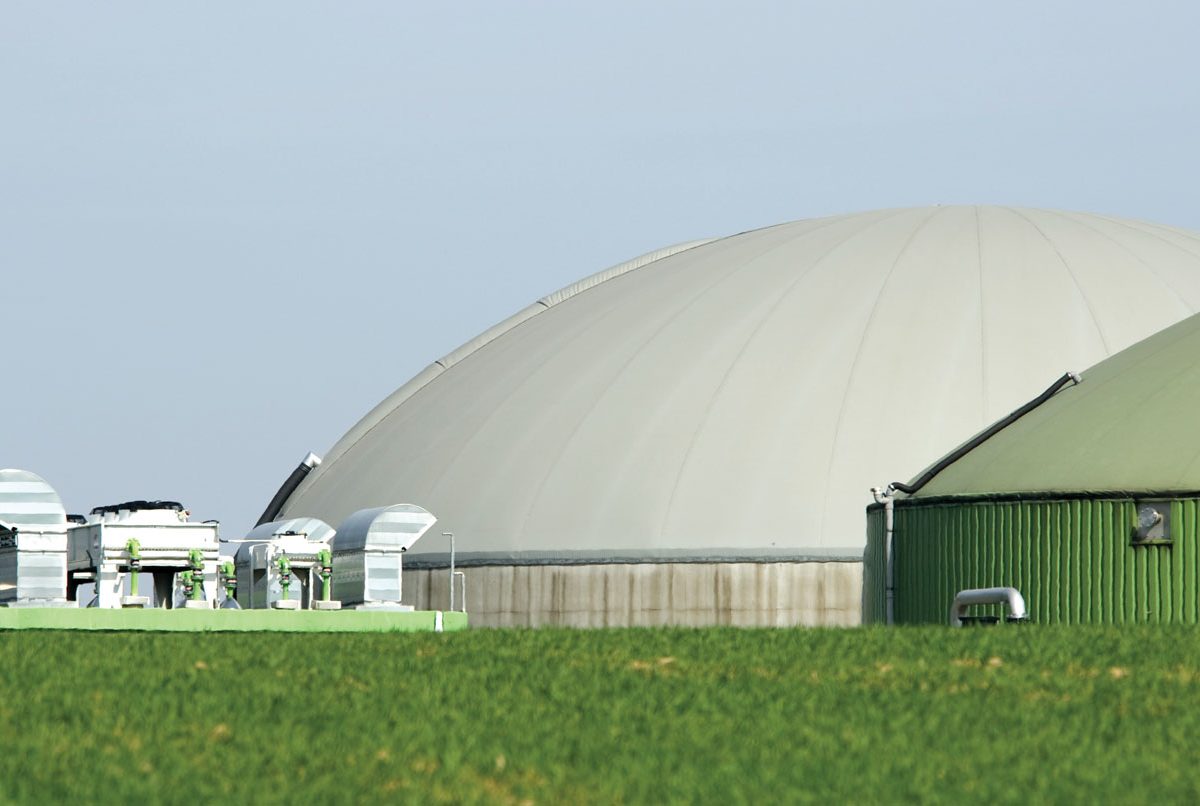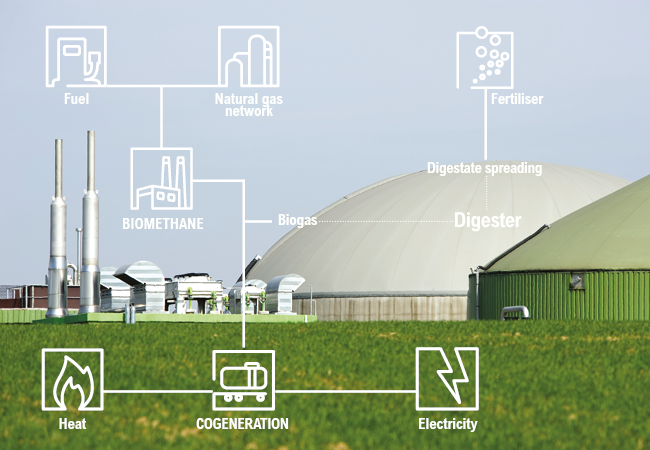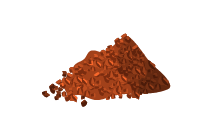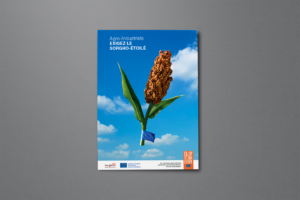Sorghum Is Clearly Suitable for Methane Production

Thanks to its genetic diversity and the work of the European breeders, several sorghum varieties exist today that have high biomass yields: single-harvest feed sorghums, sweet sorghums, and biomass sorghums. Moreover, sorghum crops that are used for methane production do not contradict agriculture as a food provider, since biomass sorghum belongs to the CIVE category (*French abbreviation for “intermediary energy crops”) – namely, crops that can be planted between crops when the land is free. Would you like to learn more about the advantages of sorghum-based methane production?
Why Will Sorghum Be Suitable for Methane Production?
- In the current context of global warming, resorting to renewable energy is inevitable, as it allows one to avoid using part of the fossil fuels, which are major sources of greenhouse gas emissions.
- The EU bodies support the development of renewable energy, and this guarantees the profitability and stability of methane plants currently operating or in the process of opening.
- Besides its good energy ratio, methane production is short and is thus able to meet the strong expectations of the general public.
- Several new possibilities of using renewable energy, such as trigeneration and fuel methane are currently under study.

Methane production is based on organic matter degradation through the action of microorganisms, in controlled anaerobic environments. The degradation process results in biogas and digestate production.
 – What Is Biogas? Biogas is a gas mixture, which is water-saturated at it exits the digester and consists mainly of methane CH4 (50-70 %) and carbon dioxide (20-50 %). Biogas has a lower calorific value of 5-7 kWh/Nm3. This renewable energy can be harnessed in two ways: combustion for electricity and heat, and fuel production, with injection after purging in the gas network.
– What Is Biogas? Biogas is a gas mixture, which is water-saturated at it exits the digester and consists mainly of methane CH4 (50-70 %) and carbon dioxide (20-50 %). Biogas has a lower calorific value of 5-7 kWh/Nm3. This renewable energy can be harnessed in two ways: combustion for electricity and heat, and fuel production, with injection after purging in the gas network.

– What about Digestate? Digestate is a wet sub-product, which is rich in organic matter that is perfectly stabilised. It is most often used as a fertiliser on the farm that also has the methane plant.

Continue ?
When Sorghum Is Brought into Global Focus

Tips for Successful Weed Control













